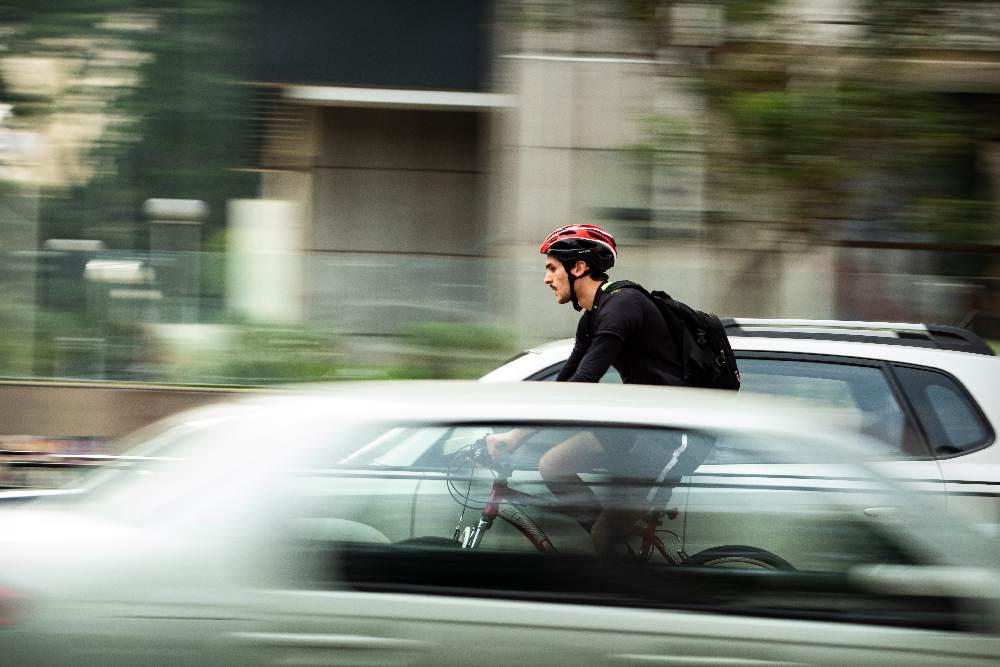Biking is a great way to stay in shape, see the sights, save money on gas and reduce pollution, especially during the warmer days of late spring and early summer.
But Biking is also an activity full of potential hazards, especially with about 80 million bicycles sharing the road with motorized vehicles. According to the National Safety Council, nearly a 1,000 deaths result from collisions between cyclists and motor vehicles each year.
Biking accidents and injuries can even happen on designated bike paths. In fact, as recently as 2017, bicycles were associated with more injuries over all age groups than skateboards, trampolines, swimming pools and playground equipment combined. According to statistics, more than 489,000 people were treated in emergency rooms in 2016 after being injured riding a bicycle. The only sport resulting in more injuries overall was basketball. Football came in third.
There are of course basic precautions that all bicyclists can take to stay safe.
Most important among these is wearing a properly fitting helmet. Cyclists who wear a helmet reduce their risk of head injury by an estimated 60 percent and brain injury by 58 percent. That statistic makes sense when you consider the first body part to fly forward in a collision is usually the head, and with nothing but skin and bone to protect the brain, the results can be fatal.
Cyclists also need to be acquainted with traffic laws and be prepared to obey the same rules motorists must follow.
Simple Bike Safety Tips
Here are some additional recommendations for easy steps you can take to minimize risk:
- Make sure your bike is the appropriate size for you; adjust your seat as needed.
- Know your bike’s capabilities
- Be bike attentive. In other words, be aware of who and what is around you.
- Ride single-file in the direction of traffic, watch for opening car doors and other hazards.
- Use hand signals when turning and use extra care at intersections.
- Never hitch onto cars.
- Before entering traffic, stop and look left, right, left again and over your shoulder.
- Wear bright clothing and ride during the day.
- If night riding can’t be avoided, wear reflective clothing.
- Make sure the bike is equipped with reflectors on the rear, front, pedals and spokes.
- Make use of a horn or bell and a rear-view mirror, as well as a bright headlight.
For more information on bike safety visit nsc.org or tss-safety.com

